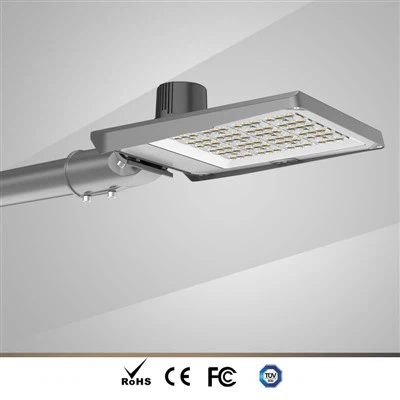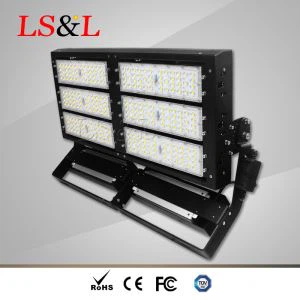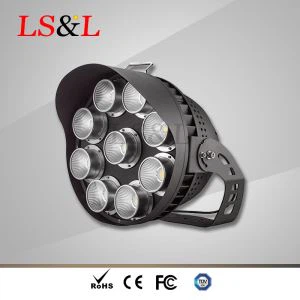The basic working principle of LED lights
The core of LED lights is the light-emitting diode, which can directly convert electrical energy into light energy without generating much heat in the process. The luminous efficiency of LED lights is usually expressed in lumens per watt (Lm/W), with higher values indicating higher efficiency in converting electrical energy into light energy. In LED lights, electrical energy is converted into direct current suitable for LED operation through the driving circuit, and then the LED chip emits light under the action of current.
Calculation of current consumption of 50 watt LED lamp
To calculate the current consumed by a 50 watt LED lamp, we need to know the operating voltage of the LED lamp. The working voltage of LED lights is usually within the direct current (DC) voltage range, such as 12V, 24V or higher, depending on the design of the LED light and the type of driving circuit. In AC power supply systems, it is usually necessary to convert AC power into DC power suitable for LED operation through rectifiers and transformers.
Assuming we have a 50 watt LED light with a working voltage of 24V (DC). According to the basic formula that power (P) equals voltage (V) multiplied by current (I), we can calculate the current consumed by an LED lamp:
I = P / V
Substituting 50 watts and 24V into the formula yields:
I = 50W / 24V ≈ 2.08A
This means that at a working voltage of 24V, a 50 watt LED light consumes approximately 2.08 amperes of current. However, this is only a theoretical calculation value, and the actual current consumption may vary depending on factors such as the specific design, working environment, and heat dissipation conditions of the LED lamp.
Factors affecting current consumption
The luminous efficiency of LED: The higher the luminous efficiency of LED lights, the less electricity they consume when providing the same brightness, resulting in a corresponding reduction in current consumption.
Working voltage: The working voltage of LED lights has a direct impact on their current consumption. At the same power, the lower the operating voltage, the greater the current consumption; On the contrary, the higher the working voltage, the smaller the current consumption (but it should be noted that high voltage may cause LED damage).
Circuit design: The circuit design of LED lights can also affect their current consumption. An efficient driving circuit can reduce power loss, thereby lowering current consumption.
Heat dissipation performance: LED lights generate heat during operation, and poor heat dissipation can cause the LED temperature to rise, thereby affecting its luminous efficiency and current consumption. Good heat dissipation design can keep the LED working at lower temperatures, thereby reducing current consumption.
Working environment: The working environment of LED lights (such as temperature, humidity, etc.) can also affect their current consumption. In extreme environments, the luminous efficiency and lifespan of LEDs may be affected, indirectly affecting current consumption.
Current consumption monitoring in practical applications
In practical applications, in order to accurately understand the current consumption of LED lights, devices such as ammeters or power meters can be used for monitoring. These devices can measure the current and power consumption of LED lights in real-time during operation, helping us evaluate the performance and energy efficiency of LED lights.






